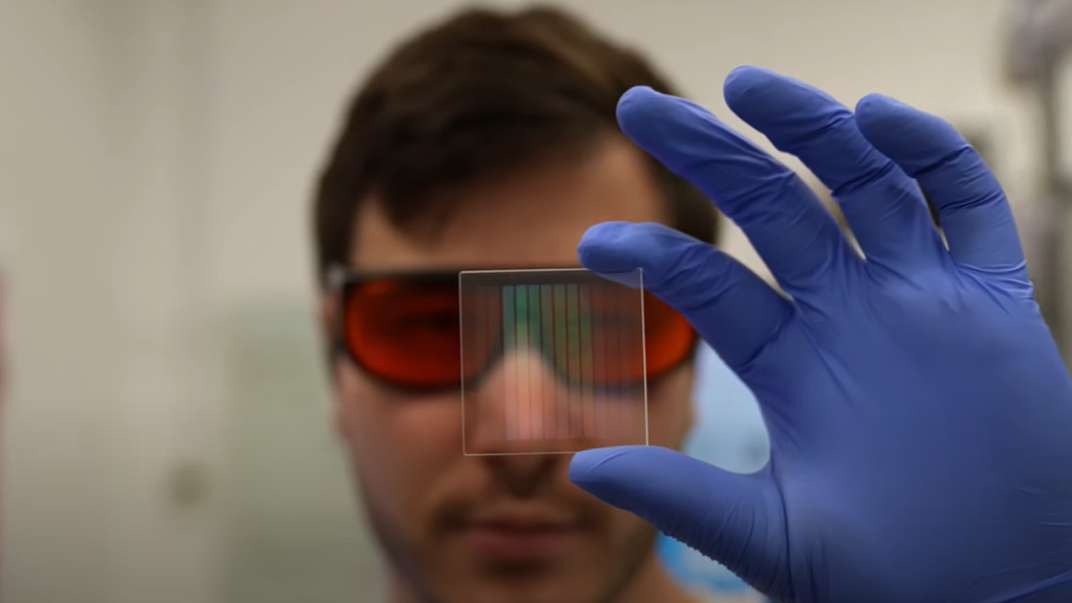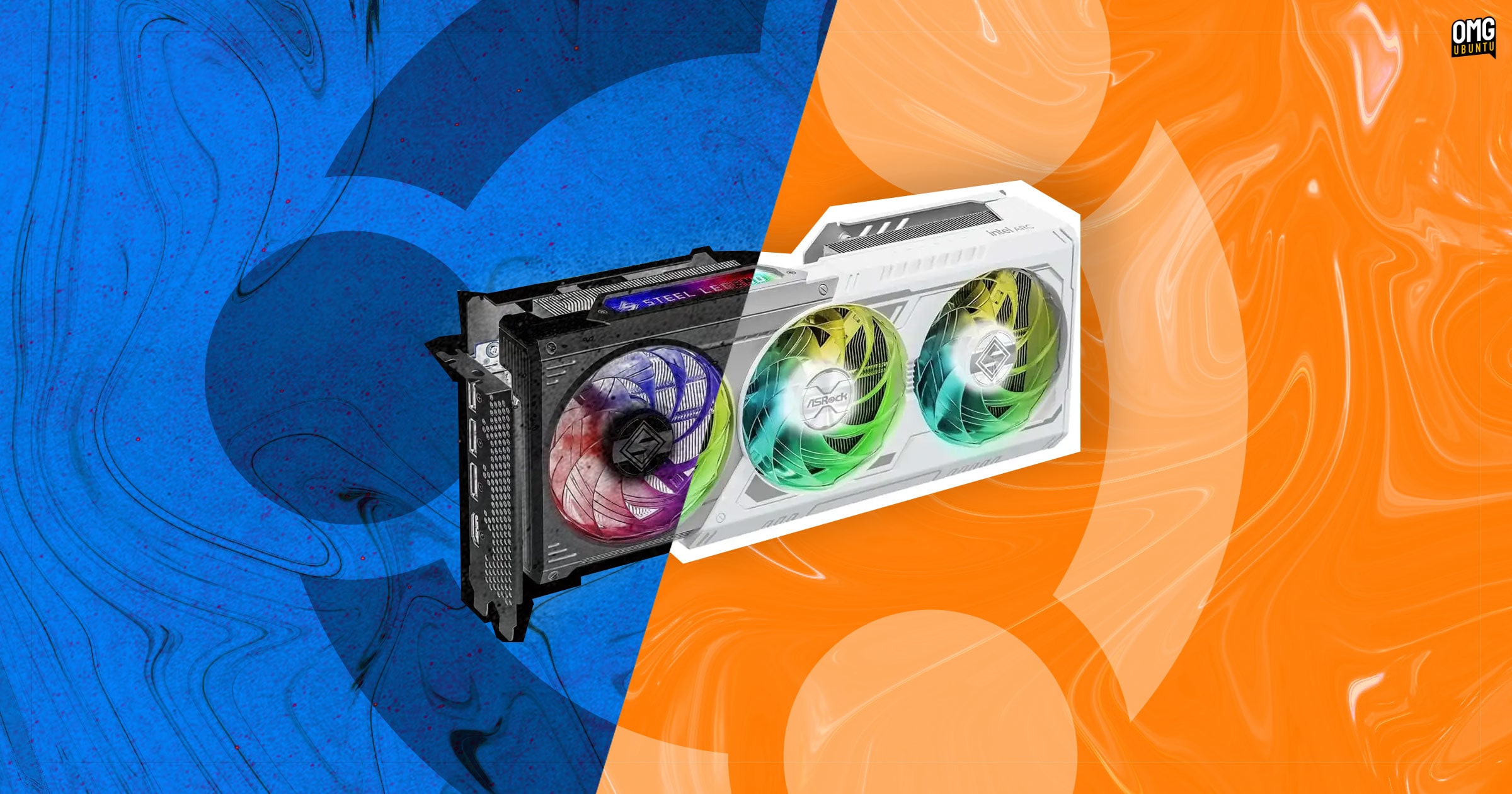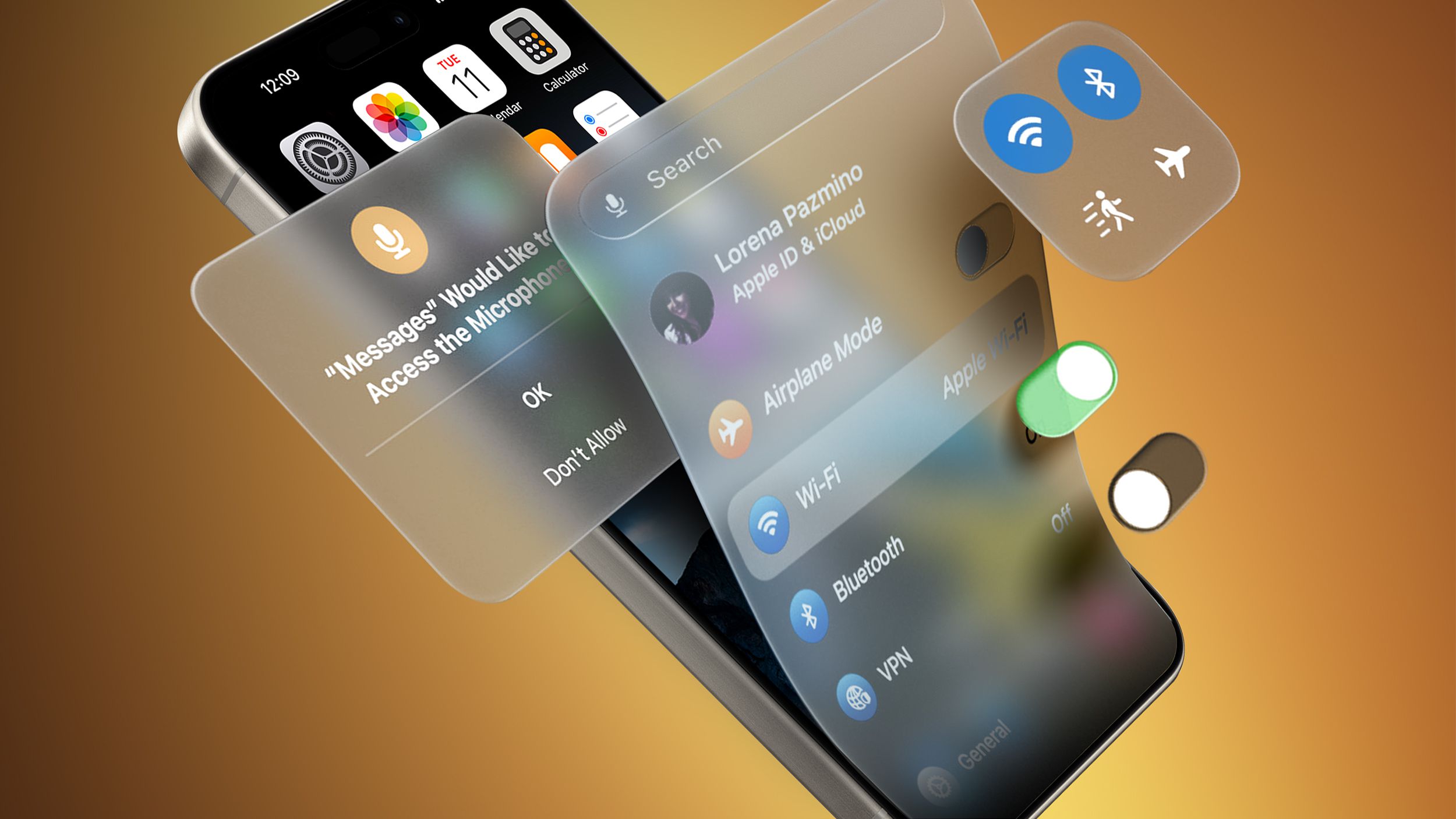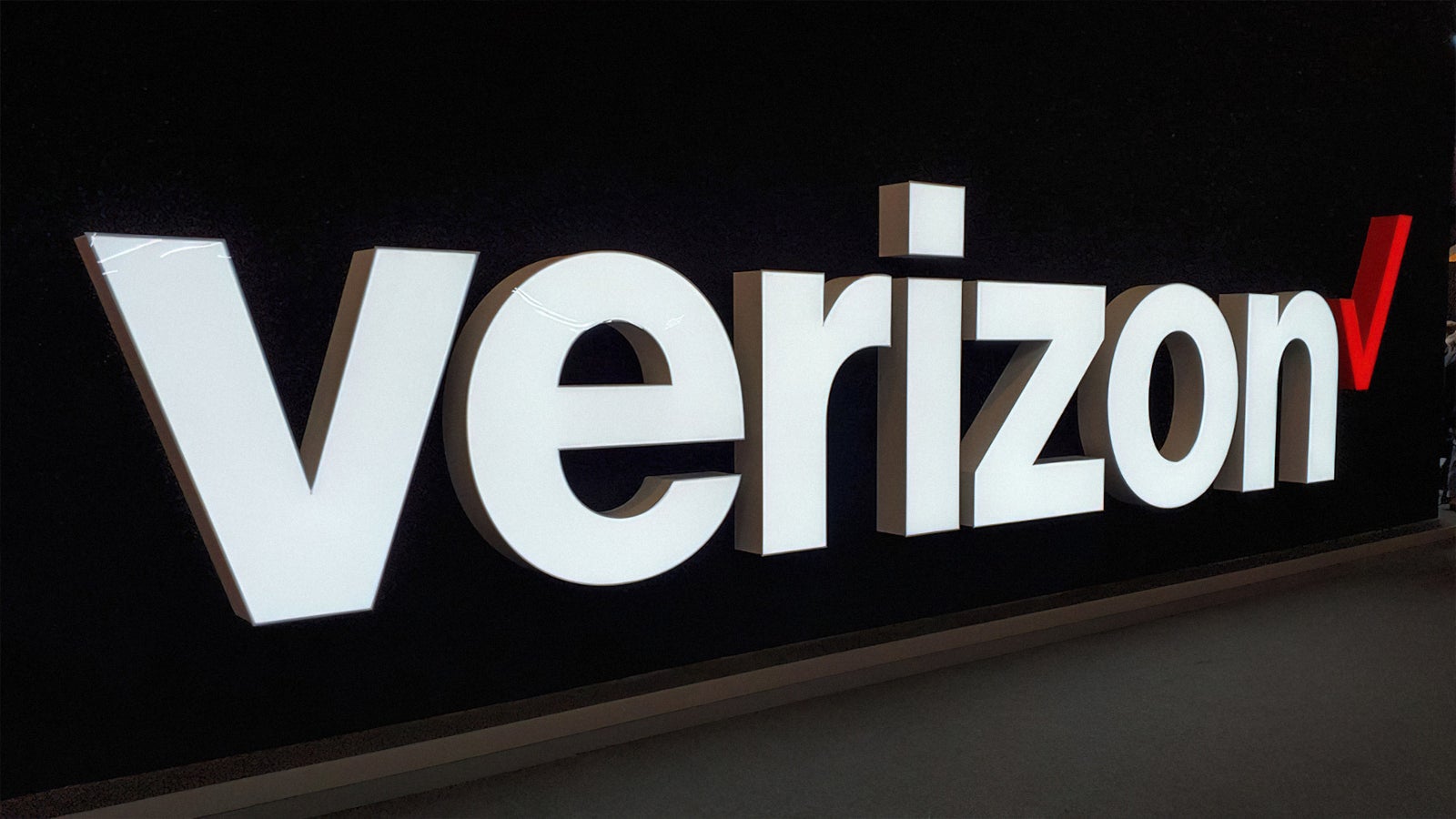MCQs and 1-mark questions with their WBUT levels for Computer Networks
WBUT Level MCQs & 1-Mark Questions with Explanations CNCS-2 (Overview of Data Communication and Networking) If a signal changes instantaneously, its frequency is: a) 0 b) finite c) infinite d) none of these Answer: (c) infinite [WBUT 2010] Explanation: An instantaneous change implies an infinitely fast transition, which corresponds to an infinite frequency component. A digital signal has eight levels. How many bits are needed per level? a) 0 b) 4 c) 3 d) none of these Answer: (c) 3 [WBUT 2010] Explanation: With N levels, you need log2(N) bits, so log2(8) = 3 bits. The value of SNRdb for a noiseless channel is: a) 0 b) finite c) infinite d) none of these Answer: (c) infinite [WBUT 2010] Explanation: SNR (Signal-to-Noise Ratio) is Signal Power / Noise Power; if Noise Power is zero (noiseless), SNR is infinite. Total bandwidth required for AM is: a) 0 b) 2(1+d) B c) 2B d) none of these Answer: (c) 2B [WBUT 2010, 2012] Explanation: For Amplitude Modulation (AM), the bandwidth is twice the modulating signal's bandwidth (B). In .......... we make the highest input data rate the dominant data rate and then add dummy bits to the input lines with lower rates. a) multiplexing b) interleaving c) pulse stuffing d) none of these Answer: (c) pulse stuffing [WBUT 2010] Explanation: Pulse stuffing (or bit stuffing) is a technique used in TDM to synchronize different data rates by adding dummy bits. An example of full duplex transmission is: a) telephone channel b) Satellite channel c) Broadcast radio d) none of these Answer: (a) telephone channel [WBUT 2012] Explanation: A telephone conversation allows both parties to speak and hear simultaneously, which is full-duplex. Repeaters function in the .......... layer. a) physical b) data link c) network d) transport Answer: (a) physical [WBUT 2013] Explanation: Repeaters operate at the Physical Layer to regenerate and retransmit signals over longer distances. Process to Process delivery is the function of .......... layer. a) transport b) network c) physical d) none of these Answer: (a) transport [WBUT 2013] Explanation: The Transport Layer ensures end-to-end (process-to-process) communication between applications. In Ethernet when Manchester encoding is used, the bit rate is: a) Half the baud rates b) Twice the baud rate c) Same as the baud rate d) None of these Answer: (a) Half the baud rates [WBUT 2014] Explanation: Manchester encoding uses two signal changes per bit, meaning the baud rate (signal rate) is twice the bit rate. Match with suitable option LIST - I (Physical Layer, Data Link Layer, Transport Layer, Application Layer) to LIST - II (Node-to-Node delivery, Encryption, Reassembly of data packets, Application Layer). a) A-4, B-3, C-1, D-2 b) A-2, B-3, C-4, D-1 c) A-2, B-4, C-1, D-2 d) A-4, B-4, C-3, D-3 Answer: (b) A-2, B-3, C-4, D-1 [WBUT 2014] Explanation: Based on provided mapping: Physical (2-Reassembly), Data Link (3-Node-to-node), Transport (4-Application), Application (1-Encryption). Which transmission is highly susceptible to noise interference? a) ASK b) FSK c) PSK d) QAM Answer: (a) ASK [WBUT 2015] Explanation: Amplitude Shift Keying (ASK) varies signal amplitude, making it more vulnerable to noise which primarily affects amplitude. Phase transition for each bit is used is: a) NRZ encoding b) Carrier modulation c) Manchester encoding d) Amplitude modulation Answer: (c) Manchester encoding [WBUT 2016] Explanation: Manchester encoding uses a phase transition in the middle of each bit period to represent the bit value. In an optical fibre, the inner core is .......... the cladding: a) denser than b) less dense than c) the same density as d) another name for Answer: (a) denser than [WBUT 2017] Explanation: Light is confined to the core by total internal reflection, which requires the core to be optically denser than the cladding. A bridge has access to the .......... address of a station on the same network. a) Physical (MAC) b) Network c) Service access point d) all of these Answer: (a) Physical (MAC) [WBUT 2017] Explanation: Bridges operate at the Data Link Layer and use MAC (Physical) addresses to forward frames. Which of the following is not a guided medium? a) Twisted-pair b) Fibre optic c) Air d) Coaxial cable Answer: (c) Air [WBUT 2019] Explanation: Air is an unguided (wireless) medium, while the others are guided (wired) media for signal transmission. Which multiplexing technique involves signals composed of light beams? a) FDM b) TDM c) WDM d) None of these Answer: (c) WDM [WBUT 2019] Explanation: Wavelength Division Multiplexing (WDM) combines multiple light signals of different wavelengths onto a single optical fiber. CNCS-22 (Physical Level) The

WBUT Level MCQs & 1-Mark Questions with Explanations
CNCS-2 (Overview of Data Communication and Networking)
-
If a signal changes instantaneously, its frequency is:
- a) 0
- b) finite
- c) infinite
- d) none of these
- Answer: (c) infinite [WBUT 2010]
- Explanation: An instantaneous change implies an infinitely fast transition, which corresponds to an infinite frequency component.
-
A digital signal has eight levels. How many bits are needed per level?
- a) 0
- b) 4
- c) 3
- d) none of these
- Answer: (c) 3 [WBUT 2010]
- Explanation: With N levels, you need log2(N) bits, so log2(8) = 3 bits.
-
The value of SNRdb for a noiseless channel is:
- a) 0
- b) finite
- c) infinite
- d) none of these
- Answer: (c) infinite [WBUT 2010]
- Explanation: SNR (Signal-to-Noise Ratio) is Signal Power / Noise Power; if Noise Power is zero (noiseless), SNR is infinite.
-
Total bandwidth required for AM is:
- a) 0
- b) 2(1+d) B
- c) 2B
- d) none of these
- Answer: (c) 2B [WBUT 2010, 2012]
- Explanation: For Amplitude Modulation (AM), the bandwidth is twice the modulating signal's bandwidth (B).
-
In .......... we make the highest input data rate the dominant data rate and then add dummy bits to the input lines with lower rates.
- a) multiplexing
- b) interleaving
- c) pulse stuffing
- d) none of these
- Answer: (c) pulse stuffing [WBUT 2010]
- Explanation: Pulse stuffing (or bit stuffing) is a technique used in TDM to synchronize different data rates by adding dummy bits.
-
An example of full duplex transmission is:
- a) telephone channel
- b) Satellite channel
- c) Broadcast radio
- d) none of these
- Answer: (a) telephone channel [WBUT 2012]
- Explanation: A telephone conversation allows both parties to speak and hear simultaneously, which is full-duplex.
-
Repeaters function in the .......... layer.
- a) physical
- b) data link
- c) network
- d) transport
- Answer: (a) physical [WBUT 2013]
- Explanation: Repeaters operate at the Physical Layer to regenerate and retransmit signals over longer distances.
-
Process to Process delivery is the function of .......... layer.
- a) transport
- b) network
- c) physical
- d) none of these
- Answer: (a) transport [WBUT 2013]
- Explanation: The Transport Layer ensures end-to-end (process-to-process) communication between applications.
-
In Ethernet when Manchester encoding is used, the bit rate is:
- a) Half the baud rates
- b) Twice the baud rate
- c) Same as the baud rate
- d) None of these
- Answer: (a) Half the baud rates [WBUT 2014]
- Explanation: Manchester encoding uses two signal changes per bit, meaning the baud rate (signal rate) is twice the bit rate.
-
Match with suitable option LIST - I (Physical Layer, Data Link Layer, Transport Layer, Application Layer) to LIST - II (Node-to-Node delivery, Encryption, Reassembly of data packets, Application Layer).
- a) A-4, B-3, C-1, D-2
- b) A-2, B-3, C-4, D-1
- c) A-2, B-4, C-1, D-2
- d) A-4, B-4, C-3, D-3
- Answer: (b) A-2, B-3, C-4, D-1 [WBUT 2014]
- Explanation: Based on provided mapping: Physical (2-Reassembly), Data Link (3-Node-to-node), Transport (4-Application), Application (1-Encryption).
-
Which transmission is highly susceptible to noise interference?
- a) ASK
- b) FSK
- c) PSK
- d) QAM
- Answer: (a) ASK [WBUT 2015]
- Explanation: Amplitude Shift Keying (ASK) varies signal amplitude, making it more vulnerable to noise which primarily affects amplitude.
-
Phase transition for each bit is used is:
- a) NRZ encoding
- b) Carrier modulation
- c) Manchester encoding
- d) Amplitude modulation
- Answer: (c) Manchester encoding [WBUT 2016]
- Explanation: Manchester encoding uses a phase transition in the middle of each bit period to represent the bit value.
-
In an optical fibre, the inner core is .......... the cladding:
- a) denser than
- b) less dense than
- c) the same density as
- d) another name for
- Answer: (a) denser than [WBUT 2017]
- Explanation: Light is confined to the core by total internal reflection, which requires the core to be optically denser than the cladding.
-
A bridge has access to the .......... address of a station on the same network.
- a) Physical (MAC)
- b) Network
- c) Service access point
- d) all of these
- Answer: (a) Physical (MAC) [WBUT 2017]
- Explanation: Bridges operate at the Data Link Layer and use MAC (Physical) addresses to forward frames.
-
Which of the following is not a guided medium?
- a) Twisted-pair
- b) Fibre optic
- c) Air
- d) Coaxial cable
- Answer: (c) Air [WBUT 2019]
- Explanation: Air is an unguided (wireless) medium, while the others are guided (wired) media for signal transmission.
-
Which multiplexing technique involves signals composed of light beams?
- a) FDM
- b) TDM
- c) WDM
- d) None of these
- Answer: (c) WDM [WBUT 2019]
- Explanation: Wavelength Division Multiplexing (WDM) combines multiple light signals of different wavelengths onto a single optical fiber.
CNCS-22 (Physical Level)
-
The total number of link required to connect n devices using Mesh Topology is:
- a) 2^n
- b) n(n+1)/2
- c) n(n-1)/2
- d) n^2
- Answer: (c) n(n-1)/2 [WBUT 2007, 2011]
- Explanation: In a mesh topology, each of 'n' devices is connected to every other device, forming a complete graph where links are non-directional (nC2).
-
Circuit switching takes place at the .......... layer.
- a) transport
- b) data link
- c) physical
- d) none of these
- Answer: (c) physical [WBUT 2010, 2012]
- Explanation: In circuit switching, a dedicated physical path (circuit) is established for communication.
-
For a 4-bit sliding window, sequence number range is:
- a) 1 to 16
- b) 0 to 7
- c) 0 to 15
- d) 8 to 15
- Answer: (a) 1 to 16 [WBUT 2013]
- Explanation: A 4-bit sequence number allows 2^4 = 16 distinct numbers, which can be 1 to 16 or 0 to 15, depending on implementation.
-
Which layer converts bit into electromagnetic signals?
- a) Physical
- b) Network
- c) Transport
- d) Session
- Answer: (a) Physical [WBUT 2016]
- Explanation: The Physical Layer is responsible for the electrical or optical transmission of bits as signals.
-
The total number of links required to connect 'n' devices using Mesh Topology is:
- a) 2^n
- b) n(n+1)/2
- c) n(n-1)/2
- d) n^2
- Answer: (c) n(n-1)/2 [WBUT 2018]
- Explanation: Same as question 1, a mesh topology requires n(n-1)/2 links.
-
In Go-Back-N ARQ, the size of the receiver window will be:
- a) 2^n
- b) 1
- c) 2^n-1
- d) 0
- Answer: (b) 1 [WBUT 2019]
- Explanation: Go-Back-N receivers typically have a window size of 1, accepting only the expected frame.
CNCS-28 (Data Link Layer)
-
The Hamming code is used for:
- a) Error Detection
- b) Error correction
- c) Error encapsulation
- d) (a) and (b) both
- Answer: (d) (a) and (b) both [WBUT 2008, 2017]
- Explanation: Hamming codes are primarily used for both detecting and correcting errors in data transmission.
-
For a 4 bit sliding window the sequence number can range from:
- a) 1 to 16
- b) 0 to 7
- c) 0 to 15
- d) 8 to 15
- Answer: (c) 0 to 15 [WBUT 2008, 2012]
- Explanation: A 4-bit sequence number provides 2^4 = 16 unique values, typically numbered 0 to 15.
-
The hamming distance d(000, 011) is:
- a) 0
- b) 1
- c) 2
- d) none of these
- Answer: (c) 2 [WBUT 2010]
- Explanation: Hamming distance is the number of positions at which the corresponding bits are different (000 vs 011: positions 2 and 3 differ).
-
In selective repeat sliding window protocol, the receiver window size is:
- a) greater than one
- b) one
- c) two
- d) none of these
- Answer: (a) greater than one [WBUT 2011]
- Explanation: Selective Repeat allows the receiver to accept out-of-order frames within its window, so its size must be greater than 1.
-
In HDLC inserts a 0 bit after **five consecutive 1bits in the message data.**
- a) 0
- b) 1
- c) 3
- d) 5
- Answer: (d) 5 [WBUT 2011]
- Explanation: HDLC uses bit stuffing, inserting a 0 after five consecutive 1s to prevent the flag pattern from appearing in the data.
-
The Hamming code is used for:
- a) error detection
- b) error correction
- c) error encapsulation
- d) both (a) and (b)
- Answer: (d) both (a) and (b) [WBUT 2011]
- Explanation: Hamming codes can both detect and correct single-bit errors.
-
Which channel access method is used in Ethernet network?
- a) CSMA/CD
- b) Token bus
- c) Token ring
- d) all of those
- Answer: (a) CSMA/CD [WBUT 2011, 2012]
- Explanation: Carrier Sense Multiple Access with Collision Detection (CSMA/CD) is the access method used in traditional Ethernet.
-
Pure ALOHA has a maximum efficiency of:
- a) 18%
- b) 37%
- c) 10%
- d) none of these
- Answer: (b) 37% [WBUT 2011]
- Explanation: The maximum theoretical throughput for Slotted ALOHA (which is double Pure ALOHA) is approximately 37%.
-
The .......... layer handles the creation of data frames.
- a) Data link
- b) Network
- c) Transport
- d) Physical
- Answer: (a) Data link [WBUT 2012]
- Explanation: The Data Link Layer is responsible for framing data into manageable units called frames.
-
Which detection method can detect a single bit error?
- a) CRC
- b) two dimensional parity check
- c) simple parity check
- d) previous all
- Answer: (d) previous all [WBUT 2012]
- Explanation: All listed methods (CRC, 2D parity, simple parity) are capable of detecting single-bit errors.
-
If the dataword is 111111, the divisor is 1010, the remainder is 110, the CRC codeword is:
- a) 1111111010
- b) 1111111110
- c) 1010110
- d) 1101010
- Answer: (a) 1111111010 [WBUT 2013]
- Explanation: The provided answer (a) for the CRC codeword given the dataword and remainder. (Note: Actual calculation might yield 111111110).
-
In .......... ARQ, if a NAK is received, only the specified damaged or lost frame is transmitted.
- a) Go-Back-N
- b) Selective Repeat
- c) Stop-and-Wait
- d) all of these
- Answer: (b) Selective Repeat [WBUT 2013]
- Explanation: Selective Repeat ARQ retransmits only the specific damaged or lost frames identified by NAKs, unlike Go-Back-N.
-
.......... is a collision free technique.
- a) Token Passing
- b) CSMA
- c) ALOHA
- d) CSMA/CD
- Answer: (a) Token Passing [WBUT 2013]
- Explanation: In Token Passing, a station can only transmit when it holds the token, thereby preventing collisions.
-
HDLC protocols insert a 0 bit after .......... consecutive 1 bits in the message data.
- a) 5
- b) 7
- c) 4
- d) 8
- Answer: (a) 5 [WBUT 2013]
- Explanation: HDLC bit stuffing inserts a 0 after five consecutive 1s to distinguish data from the flag sequence (01111110).
-
Which channel access method is used in IEEE 802.5 network?
- a) CSMA/CD
- b) token bus
- c) token ring
- d) all of these
- Answer: (c) token ring [WBUT 2013]
- Explanation: IEEE 802.5 specifies the Token Ring network standard.
-
How much of channel output of slotted ALOHA will be in comparison to pure ALOHA?
- a) same
- b) double
- c) three times
- d) none of these
- Answer: (b) double [WBUT 2013]
- Explanation: Slotted ALOHA achieves twice the maximum throughput compared to pure ALOHA by synchronizing transmission times.
-
Error detection and correction at the data link level is achieved by:
- a) bit stuffing
- b) Hamming codes
- c) bit hamming
- d) Equalization
- Answer: (b) Hamming codes [WBUT 2014]
- Explanation: Hamming codes are a specific type of error-correcting code used for detecting and correcting errors.
-
Error Control activity is performed by:
- a) Data link layer
- b) Network layer
- c) Transport layer
- d) Session layer
- Answer: (a) Data link layer [WBUT 2015]
- Explanation: Error control mechanisms like ARQ protocols operate at the Data Link Layer to ensure reliable data transfer.
-
HDLC is a:
- a) bit oriented protocol
- b) byte oriented protocol
- c) both (a) and (b)
- d) can't say
- Answer: (a) bit oriented protocol [WBUT 2015]
- Explanation: HDLC treats frames as a sequence of bits, not bytes, allowing arbitrary bit patterns in the data field.
-
Pick the odd one out from the following:
- a) 2D Parity Check
- b) CRC
- c) Hamming Code
- d) Checksum
- Answer: (c) Hamming Code [WBUT 2015]
- Explanation: Hamming Code is an error correction technique, while the others are primarily error detection techniques.
-
Which of the following transmission media is not readily suitable to CSMA operation?
- a) Radio
- b) Twisted pair
- c) Fibre optic
- d) Coaxial
- Answer: (a) Radio [WBUT 2016]
- Explanation: CSMA/CD is difficult to implement in radio environments due to hidden/exposed terminal problems and varying signal strength.
-
Sliding window protocol is used for:
- a) error control
- b) session control
- c) flow control
- d) concurrency control
- Answer: (c) flow control [WBUT 2017]
- Explanation: Sliding window protocols manage the amount of data a sender can transmit before receiving an acknowledgment, thus controlling flow.
-
Which the following is an inter-domain routing protocol?
- a) RIP
- b) OSPF
- c) BGP
- d) Both (a) & (b)
- Answer: (c) BGP [WBUT 2017]
- Explanation: Border Gateway Protocol (BGP) is the primary inter-domain routing protocol used between autonomous systems.
-
HDLC (High-Level Data Link Control) is a:
- a) bit oriented protocol
- b) byte oriented protocol
- c) both (a) and (b)
- d) None of these
- Answer: (a) bit oriented protocol [WBUT 2018]
- Explanation: HDLC's bit-oriented nature allows it to transmit any sequence of bits without restriction.
-
At which layer circuit switching takes place?
- a) IP
- b) ARP
- c) ICMP
- d) DHCP
- Answer: (a) IP [WBUT 2018]
- Explanation: While circuit switching is often associated with the physical layer (e.g., telephone networks), it can also be conceptually mapped to IP for logical circuit establishment.
-
For a system using TCP, the sender window size is determined by the window size of:
- a) Receiver
- b) Congestion
- c) both (a) and (b)
- d) none of these
- Answer: (c) both (a) and (b) [WBUT 2019]
- Explanation: TCP's effective sender window is the minimum of the receiver's advertised window and the congestion window.
CNCS-49 (Medium Access Sub Layer)
-
How much channel throughput of slotted ALOHA will be in comparison to pure ALOHA?
- a) Same
- b) Double
- c) Three times
- d) None of these
- Answer: (b) Double [WBUT 2008, 2012]
- Explanation: Slotted ALOHA achieves twice the maximum throughput of pure ALOHA by reducing the vulnerable period for collisions.
-
PPP is a .......... oriented protocol.
- a) phase
- b) bit
- c) byte
- d) none of these
- Answer: (c) byte [WBUT 2010]
- Explanation: Point-to-Point Protocol (PPP) operates on byte-oriented frames.
-
Token passing is a technique applied in:
- a) Data link layer
- b) Transport layer
- c) Physical layer
- d) Presentation layer
- Answer: (a) Data link layer [WBUT 2015]
- Explanation: Token passing (e.g., Token Ring) is a Media Access Control (MAC) method, which is a sublayer of the Data Link Layer.
-
Base-FL is a version of:
- a) Ethernet
- b) Token Bus
- c) Token Ring
- d) Wireless LAN
- Answer: (a) Ethernet [WBUT 2015]
- Explanation: 10Base-FL is a specific standard for Ethernet over fiber optic cable.
-
Which of the following cannot be an Ethernet unicast destination?
- a) 43-7B-6C-DE-10-00
- b) 44-AA-C1-23-45-32
- c) 46-56-21-1A-DE-F4
- d) 48-32-21-21-4D-34
- Answer: (c) 46-56-21-1A-DE-F4 [WBUT 2019]
- Explanation: The provided answer (c) implies this specific MAC address is not a valid unicast destination, possibly due to a reserved range or specific network configuration.
CNCS-65 (Network Layer)
-
The address space of IPv4 is:
- a) 0
- b) infinite
- c) 2^32
- d) none of these
- Answer: (c) 2^32 [WBUT 2011, 2012]
- Explanation: IPv4 addresses are 32 bits long, allowing for 2^32 unique addresses.
-
ICMP resides at the same layer as which of the following protocols mentioned below?
- a) TCP
- b) UDP
- c) IP
- d) ARP
- Answer: (c) IP [WBUT 2011]
- Explanation: ICMP (Internet Control Message Protocol) is a network layer protocol, operating alongside IP.
-
When a host knows its IP address but not its physical address, it can use:
- a) RARP
- b) ICMP
- c) ARP d) IGMP
- Answer: (c) ARP [WBUT 2011]
- Explanation: ARP (Address Resolution Protocol) resolves an IP address to a MAC (physical) address.
-
Which of the following is a valid host for network 192.168.10.32/28?
- a) 192.168.10.39
- b) 192.168.10.47
- c) 192.168.10.14
- d) 192.168.10.54
- Answer: (a) 192.168.10.39 [WBUT 2011]
- Explanation: For a /28 subnet (255.255.255.240), the network 192.168.10.32 has hosts from .33 to .46; 192.168.10.39 falls within this range.
-
Which class of IP address is reserved for multicast communication?
- a) Class A
- b) Class B
- c) Class C
- d) Class D
- Answer: (d) Class D [WBUT 2013]
- Explanation: Class D IP addresses (224.0.0.0 to 239.255.255.255) are reserved for multicasting.
-
IPv6 addresses are .......... bytes long.
- a) 6
- b) 16
- c) 32
- d) 128
- Answer: (b) 16 [WBUT 2014]
- Explanation: IPv6 addresses are 128 bits long, which is equivalent to 16 bytes (128 / 8 = 16).
-
Let in an IPv4 datagram, total length is 461 bytes and length of data is 433 bytes. What is the header size in bytes:
- a) 28
- b) 894
- c) 36
- d) 27
- Answer: (a) 28 [WBUT 2014]
- Explanation: Header size = Total Length - Data Length = 461 - 433 = 28 bytes.
-
IP address in the B class is given by:
- a) 125.123.123.2
- b) 192.023.21.54
- c) 191.128.32.56
- d) 10.14.12.34
- Answer: (c) 191.128.32.56 [WBUT 2014]
- Explanation: Class B IP addresses range from 128.0.0.0 to 191.255.255.255; 191.128.32.56 falls within this range.
-
Given IP address is 180.25.21.172 and the subnet mask 255.255.192.0, then what is the subnet address?
- a) 180.25.21.0
- b) 180.25.0.0
- c) 180.25.8.0
- d) 180.0.0.0
- Answer: (b) 180.25.0.0 [WBUT 2014]
- Explanation: The network address is found by performing a bitwise AND operation between the IP address and the subnet mask.
-
Which of the following is an interior routing protocol?
- a) RIP
- b) OSPF
- c) BGP
- d) both (a) & (b)
- Answer: (d) both (a) & (b) [WBUT 2014]
- Explanation: RIP (Routing Information Protocol) and OSPF (Open Shortest Path First) are both Interior Gateway Protocols (IGPs).
-
IPv6 address is having a length of:
- a) 16 bits
- b) 32 bit
- c) 64 bit
- d) 128 bit
- Answer: (d) 128 bit [WBUT 2015]
- Explanation: IPv6 addresses are 128 bits long, significantly larger than IPv4 addresses.
-
The protocol that maps a physical (MAC) address to the corresponding logical address is:
- a) ARP
- b) RARP
- c) ICMP
- d) IMAP4
- Answer: (b) RARP [WBUT 2015]
- Explanation: Reverse Address Resolution Protocol (RARP) resolves a MAC address to an IP address.
-
Which of the following protocol is based on the concept of Link State Routing?
- a) RIP
- b) OSPF
- c) BGP
- d) DVMRP
- Answer: (b) OSPF [WBUT 2015]
- Explanation: OSPF is a Link State routing protocol, building a complete topology map of the network.
-
The subnet mask 255.255.255.255 extends the network portion to:
- a) extends the network portion to 16 bits
- b) extends the network portion to 26 bits
- c) extends the network portion to 36 bits
- d) has no effect on the network portion of an IP address
- Answer: (d) has no effect on the network portion of an IP address [WBUT 2016, 2017]
- Explanation: A 255.255.255.255 mask means all 32 bits are part of the network, leaving no host bits, hence it's a host-specific address.
-
Router solicitation and advertisement message is used by:
- a) IP
- b) ARP
- c) ICMP
- d) DHCP
- Answer: (c) ICMP [WBUT 2016, 2018]
- Explanation: Router Solicitation and Advertisement messages are part of ICMPv6 to discover routers and their prefixes.
-
If source is using IPv6 and destination is using IPv4, which type of address needs to be used?
- a) Loopback
- b) Mapped
- c) Compatible
- d) None of these
- Answer: (b) Mapped [WBUT 2016]
- Explanation: IPv4-mapped IPv6 addresses are used to represent IPv4 nodes in an IPv6 network during transition.
-
In the string 219.46.123.107, what is the network address of the host we are looking for?
- a) 219.46.123.0
- b) 107.123.0.0
- c) 107.123.46.0
- d) 107.0.0.0
- Answer: (a) 219.46.123.0 [WBUT 2017]
- Explanation: This is a Class C address by default, so the first three octets form the network address.
-
Which of the following protocols is a network layer protocol!?
- a) FTP
- b) ARP
- c) UDP
- d) Telnet
- Answer: (b) ARP [WBUT 2017]
- Explanation: ARP (Address Resolution Protocol) operates at the Network Layer to map IP addresses to MAC addresses.
-
If subnet mask is 255.255.252.0, then many subnets are available?
- a) 2
- b) 18
- c) 4
- d) 24
- Answer: (b) 18 [WBUT 2018]
- Explanation: (Note: The provided answer 18 isn't directly derived from standard subnetting calculation (2^6=64 subnets for /22 from /16). This may imply a specific context or pre-defined number).
-
Router solicitation and advertisement message is used by:
- a) IP
- b) ARP
- c) ICMP
- d) DHCP
- Answer: (d) DHCP [WBUT 2018]
- Explanation: Router Solicitation and Advertisement are ICMPv6 messages related to neighbor discovery and autoconfiguration, which tie into DHCPv6 functions.
-
When host knowns its IP address but not its physical address, it can use:
- a) RARP
- b) ARP
- c) ICMP
- d) IGMP
- Answer: (b) ARP [WBUT 2018]
- Explanation: ARP translates IP addresses to MAC addresses.
-
Which class of IP address is reserved for multicast communication?
- a) Class A
- b) Class B
- c) Class C
- d) Class D
- Answer: (d) Class D [WBUT 2018]
- Explanation: Class D addresses are specifically allocated for multicast groups.
-
Which of the following is not a silent program in www?
- a) FTP
- b) SMTP
- c) HTTP
- d) HTML
- Answer: (d) HTML [WBUT 2019]
- Explanation: HTML (HyperText Markup Language) is a markup language for web pages, not a program or protocol.
-
The .......... socket is used with a protocol that directly uses the services of IP.
- a) Stream
- b) Datagram
- c) Raw
- d) Remote
- Answer: (b) Datagram [WBUT 2019]
- Explanation: A datagram socket uses UDP, which directly encapsulates data in IP datagrams without establishing a connection.
-
Which of the following is not a part of the UDP user datagram header?
- a) Length of header
- b) Source port number
- c) Checksum
- d) Destination port number
- Answer: (a) Length of header [WBUT 2019]
- Explanation: The UDP header is fixed-size (8 bytes) and does not include a 'Length of header' field; it only has 'Length' (of UDP datagram + header).
-
.......... address uniquely identifies a running application program.
- a) IP address
- b) Host
- c) NIC
- d) Socket
- Answer: (d) Socket [WBUT 2019]
- Explanation: A socket (IP address + port number) uniquely identifies a specific process on a host for network communication.
-
Router B receives an update from router A that indicates Net-1 is two hops away. The next update from A says Net-1 is five hops away. What value is entered in B's routing table for Net-1?
- a) 2
- b) 3
- c) 5
- d) 7
- Answer: (b) 3 [WBUT 2019]
- Explanation: In Distance Vector Routing, B's cost to Net-1 via A would be A's cost to Net-1 (2) + B's cost to A (1) = 3. The later update of 5 is higher and ignored if 3 is already better.
CNCS-102 (Transport Layer)
-
Flow control is the responsibilities of the:
- a) Data link layer
- b) Transport layer
- c) Both of these
- d) none of these
- Answer: (c) Both of these [WBUT 2011]
- Explanation: Flow control occurs at both the Data Link Layer (hop-to-hop) and Transport Layer (end-to-end).
-
UDP is:
- a) connection-oriented
- b) connection-less
- c) both (a) and (b)
- d) none of these
- Answer: (b) connection-less [WBUT 2014, 2016]
- Explanation: User Datagram Protocol (UDP) provides a simple, connectionless service without reliability or flow control.
-
Which of the following is a technique to improve Quality of Service?
- a) Traffic Shaping
- b) Resource Reservation
- c) Admission Control
- d) All of the above
- Answer: (d) All of the above [WBUT 2015]
- Explanation: Traffic shaping, resource reservation, and admission control are all mechanisms used to manage and improve QoS.
-
Exponential increase is used in:
- a) Slow start
- b) Congestion avoidance
- c) Congestion detection
- d) none of these
- Answer: (a) Slow start [WBUT 2016]
- Explanation: TCP's Slow Start algorithm uses an exponential increase in the congestion window during the initial phase of a connection.
-
Port number is:
- a) process number
- b) computer physical address
- c) both (a) and (b)
- d) none of these
- Answer: (a) process number [WBUT 2016]
- Explanation: Port numbers identify specific application processes running on a host.
-
The two parameters used for measuring the performance of a network are:
- a) throughput & delay
- b) power & delay
- c) throughput & power
- d) throughput & buffer size
- Answer: (a) throughput & delay [WBUT 2017]
- Explanation: Throughput (rate of data transfer) and delay (time for data to travel) are key performance metrics for networks.
-
Connection establishment involves a .......... way handshake in TCP.
- a) one
- b) two
- c) three
- d) four
- Answer: (c) three [WBUT 2017]
- Explanation: TCP uses a three-way handshake (SYN, SYN-ACK, ACK) to establish a connection.
-
Connection establishment in TCP involves a .......... handshake.
- a) one-way
- b) two-way
- c) three-way
- d) None of these
- Answer: (c) three-way [WBUT 2018]
- Explanation: TCP's reliable connection setup relies on a three-message exchange.
-
Port number in packet indicates:
- a) LAN card port number in a computer
- b) Host identification number in network
- c) Unique number for a communication process
- d) PID number of a communicating process under OS
- Answer: (c) Unique number for a communication process [WBUT 2018]
- Explanation: Port numbers identify specific application processes (or services) for communication.
-
Segmentation is done in:
- a) physical layer
- b) data link layer
- c) network layer
- d) transport layer
- Answer: (d) transport layer [WBUT 2018]
- Explanation: The Transport Layer breaks down large messages into smaller segments for transmission.
-
Which of the following is a mandatory part of the IPv6 datagram?
- a) Base header
- b) Extension header
- c) Data packet from upper layer
- d) none of these
- Answer: (a) Base header [WBUT 2019]
- Explanation: Every IPv6 datagram must have a base header; extension headers are optional.
-
What is a common authentication protocol used for digital signature?
- a) Kerberos
- b) Digital signature
- c) PKI
- d) None of these
- Answer: (c) PKI [WBUT 2019]
- Explanation: Public Key Infrastructure (PKI) provides the framework for digital signatures by managing certificates and keys.
CNCS-109 (Application Layer)
-
All objects managed by SNMP are given an object identifier. The object identifier always starts with:
- a) 0
- b) 1.3.2.6.1.1
- c) 1.3.6.1.2.1
- d) none of these
- Answer: (c) 1.3.6.1.2.1 [WBUT 2010]
- Explanation: This is the standard root OID for the Internet Management Information Base (MIB) subtree.
-
If user A wants to send a message to user B confidentially, the plain text is encrypted with the public key of:
- a) A
- b) B
- c) the network
- d) Either A or B
- Answer: (b) B [WBUT 2011]
- Explanation: To ensure confidentiality, data is encrypted with the recipient's (B's) public key, so only B can decrypt it with their private key.
-
Which of the following is the correct match?
- a) (iv)-(iii)
- b) (i)-(ii)
- c) (i)-(iii)
- d) (ii)-(ii)
- Answer: (c) (i)-(iii) [WBUT 2011]
- Explanation: Based on provided mapping for the multiple choice question.
-
Remote login is a function performed by:
- a) Physical layer
- b) Network layer
- c) Presentation layer
- d) Application layer
- Answer: (d) Application layer [WBUT 2015]
- Explanation: Protocols like Telnet and SSH, which enable remote login, operate at the Application Layer.
-
A .......... certifies the binding between a public key and its owner.
- a) KDC
- b) CA
- c) TLS
- d) Firewall
- Answer: (b) CA [WBUT 2015]
- Explanation: A Certificate Authority (CA) issues digital certificates that bind a public key to an entity's identity.
-
The packet of information at the application layer is called:
- a) packet
- b) message
- c) segment
- d) frame
- Answer: (b) message [WBUT 2018]
- Explanation: At the Application Layer, the data unit is typically referred to as a message.
-
Which of the following is an application layer service?
- a) FTP
- b) Remote login
- c) Mail service
- d) All of these
- Answer: (d) All of these [WBUT 2018]
- Explanation: FTP (File Transfer Protocol), remote login (e.g., Telnet/SSH), and mail services (e.g., SMTP/POP3) are all application layer services.
CNCS-121 (Modern Topics)
- Blue-tooth uses .......... To communicate between two devices.
- a) Radiowave
- b) Microwave
- c) Infrared
- d) none of these, a separate technology exists
- Answer: (b) Microwave [WBUT 2007]
- Explanation: Bluetooth operates in the 2.4 GHz ISM band, which falls within the microwave frequency spectrum.





















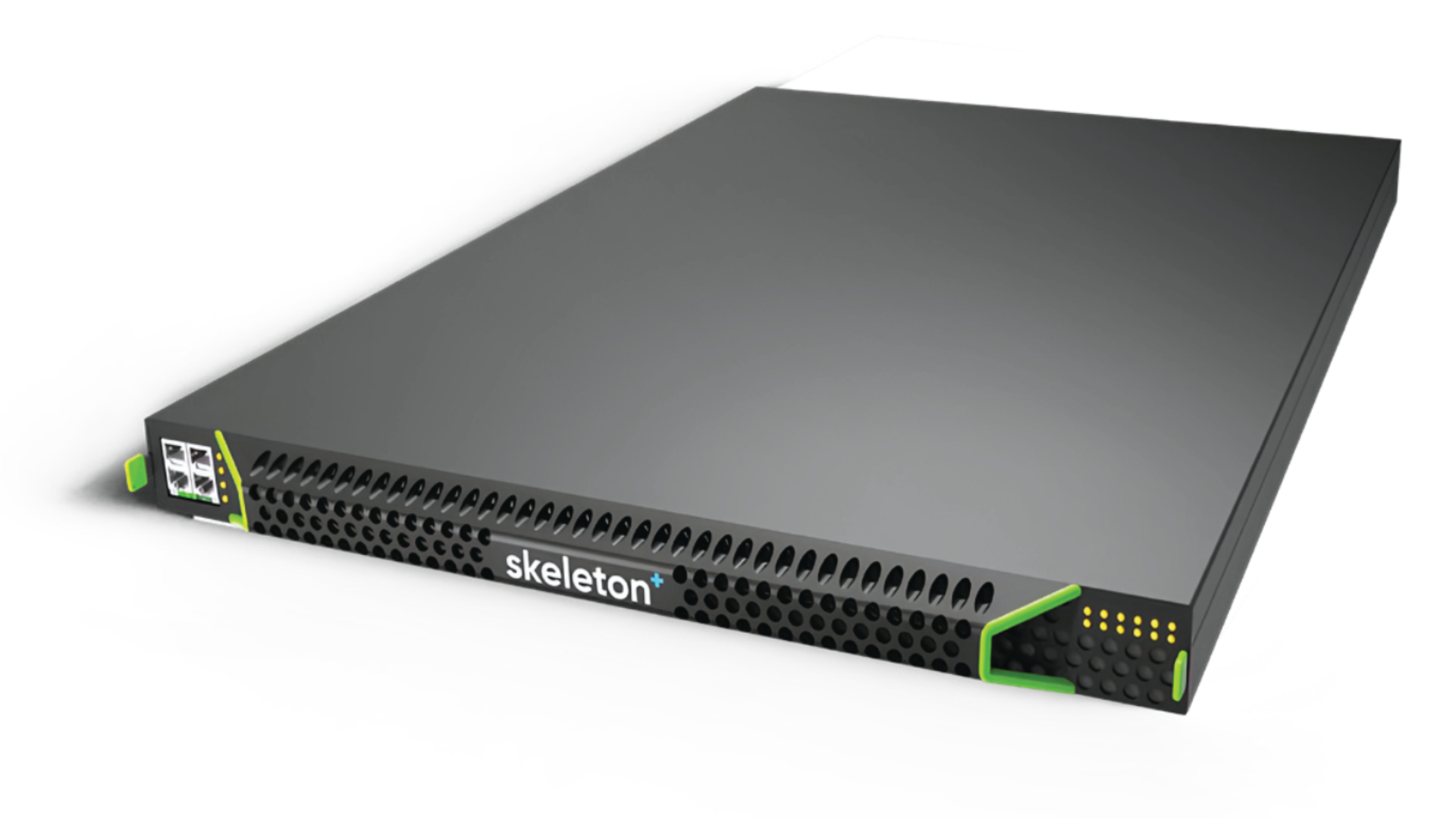






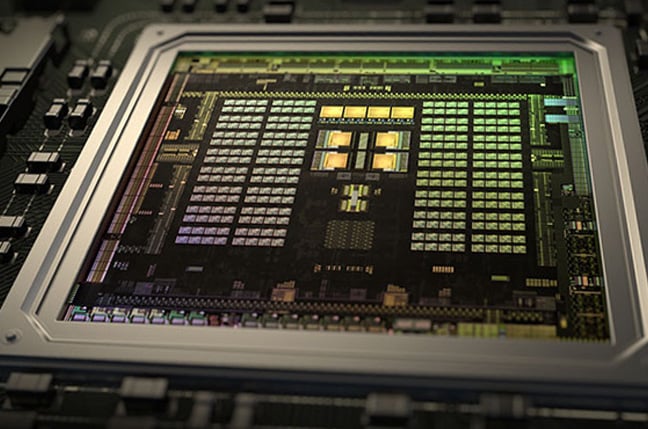
























































































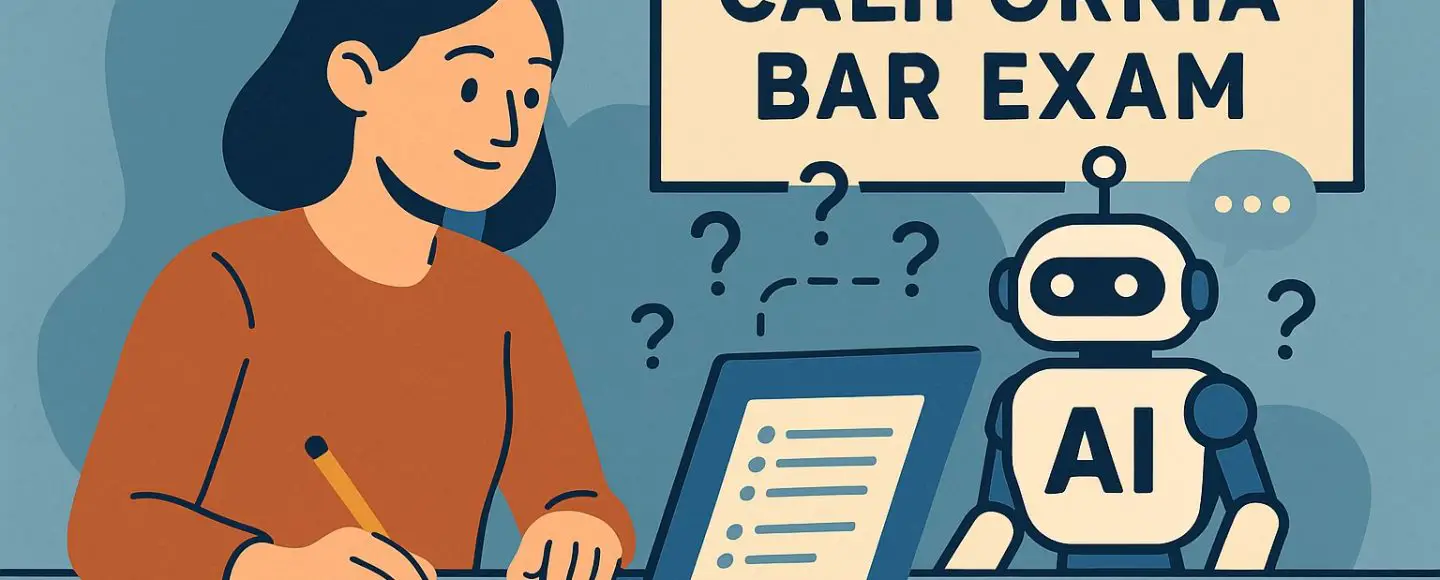
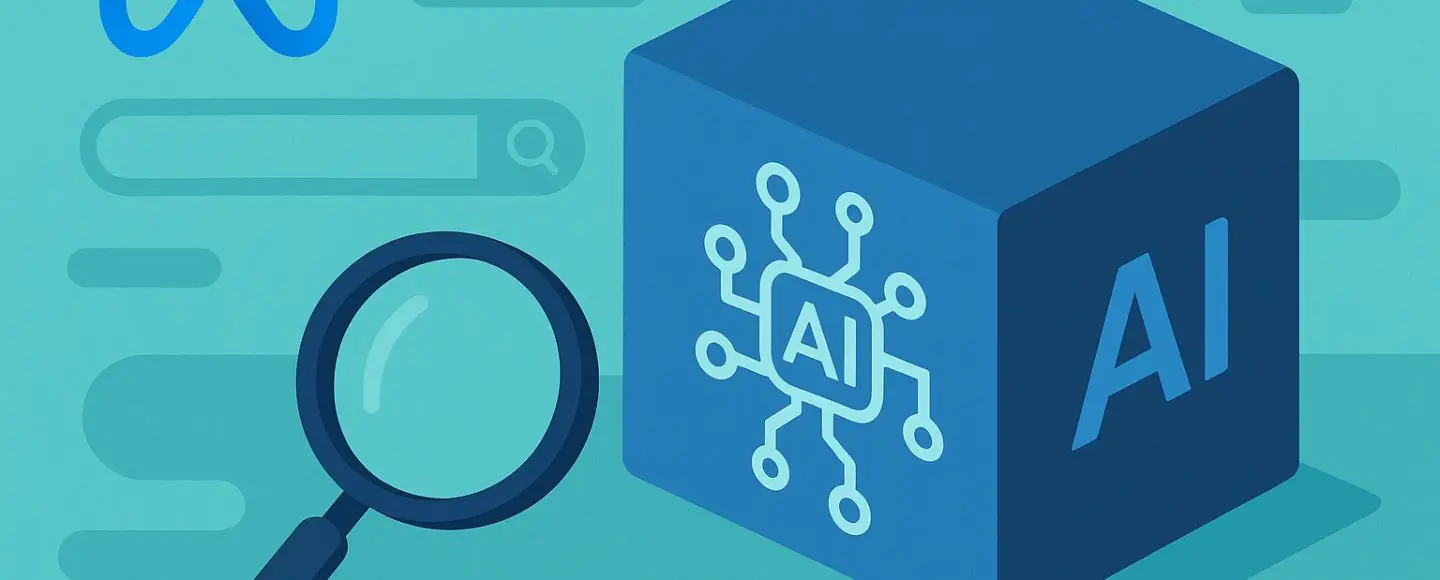






















































![[The AI Show Episode 150]: AI Answers: AI Roadmaps, Which Tools to Use, Making the Case for AI, Training, and Building GPTs](https://www.marketingaiinstitute.com/hubfs/ep%20150%20cover.png)
![[The AI Show Episode 149]: Google I/O, Claude 4, White Collar Jobs Automated in 5 Years, Jony Ive Joins OpenAI, and AI’s Impact on the Environment](https://www.marketingaiinstitute.com/hubfs/ep%20149%20cover.png)













































































































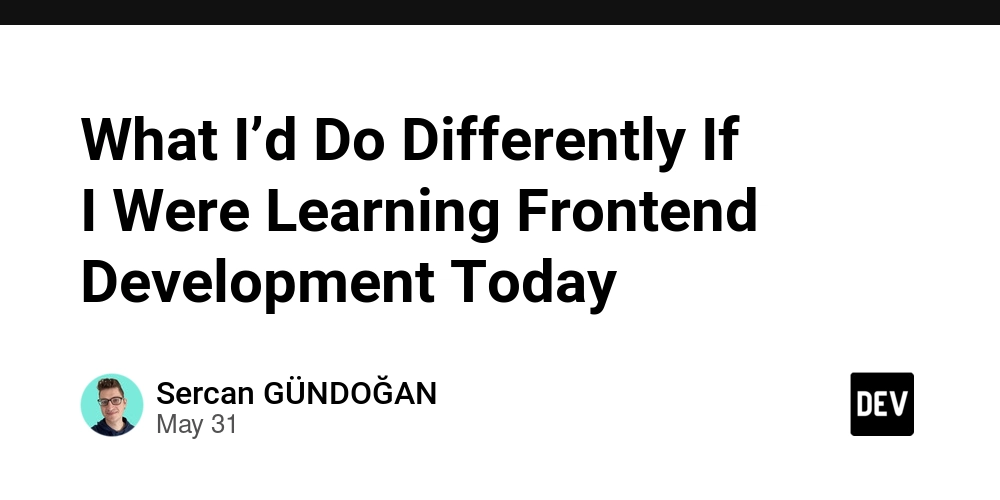
![[Side Project] Maroik: Modern ASP.NET Core 9.0 CMS with Full-Stack Features](https://media2.dev.to/dynamic/image/width%3D1000,height%3D500,fit%3Dcover,gravity%3Dauto,format%3Dauto/https:%2F%2Fdev-to-uploads.s3.amazonaws.com%2Fuploads%2Farticles%2F53cfnrge1bqwc7vxdicj.png)
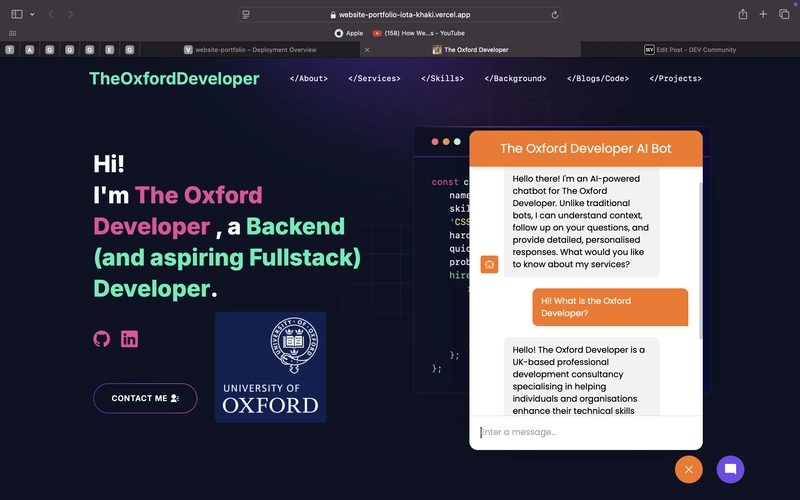











![[FREE EBOOKS] Solutions Architect’s Handbook, The Embedded Linux Security Handbook & Four More Best Selling Titles](https://www.javacodegeeks.com/wp-content/uploads/2012/12/jcg-logo.jpg)




![How to Survive in Tech When Everything's Changing w/ 21-year Veteran Dev Joe Attardi [Podcast #174]](https://cdn.hashnode.com/res/hashnode/image/upload/v1748483423794/0848ad8d-1381-474f-94ea-a196ad4723a4.png?#)

























































































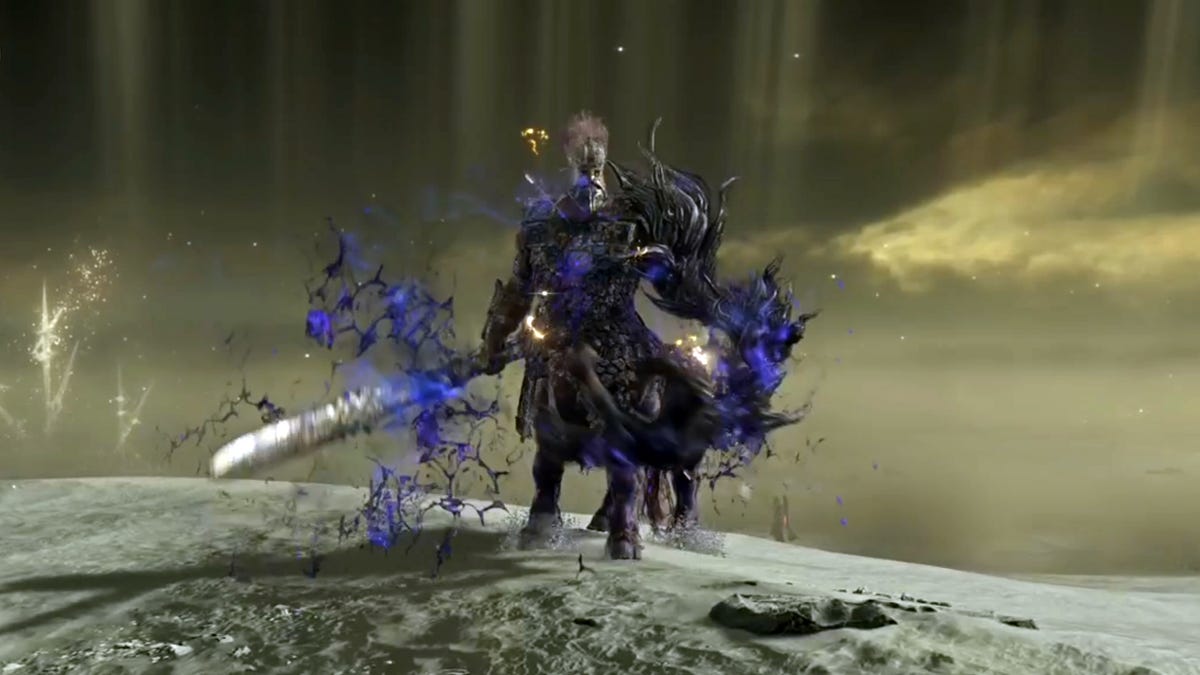































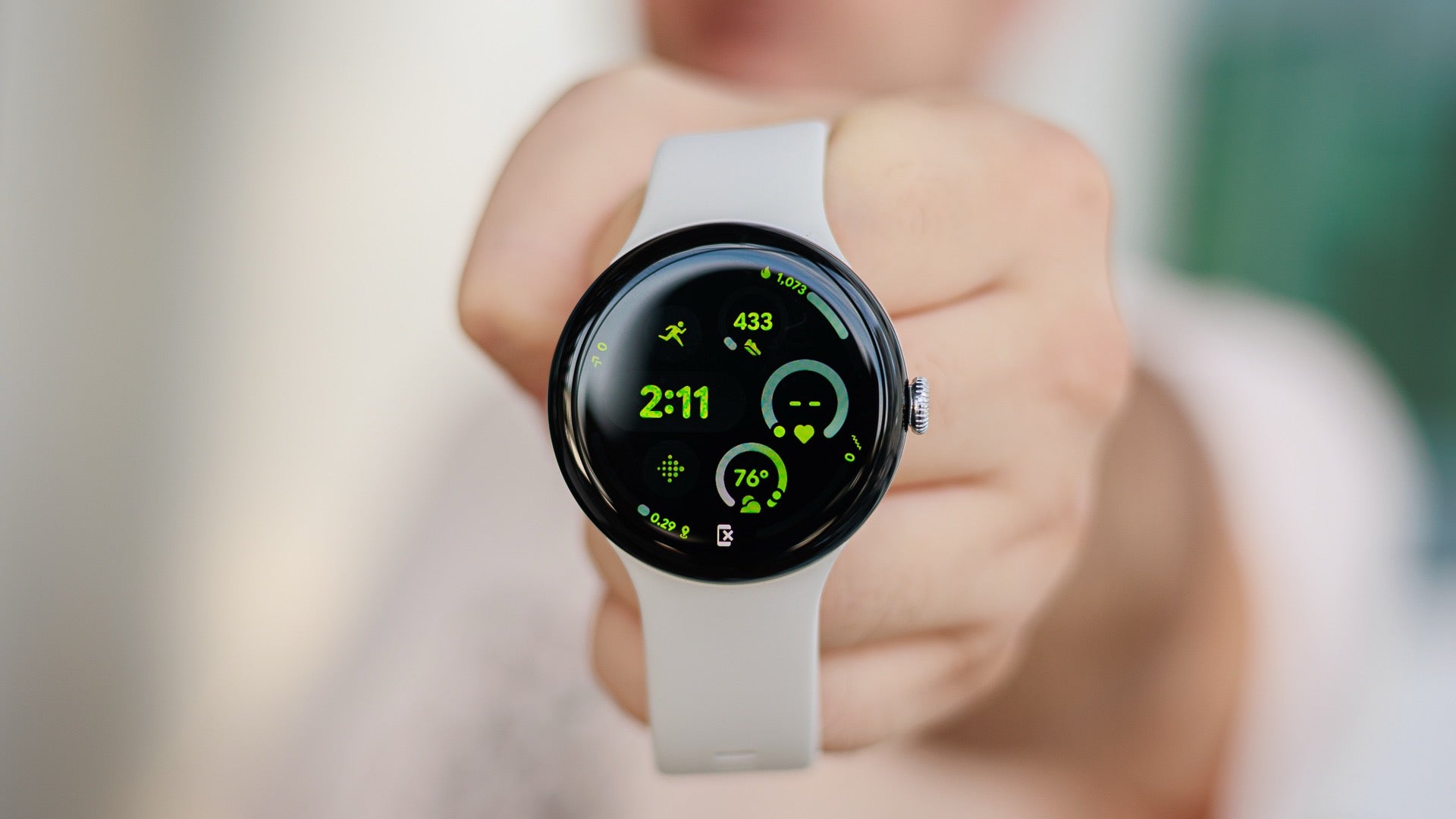
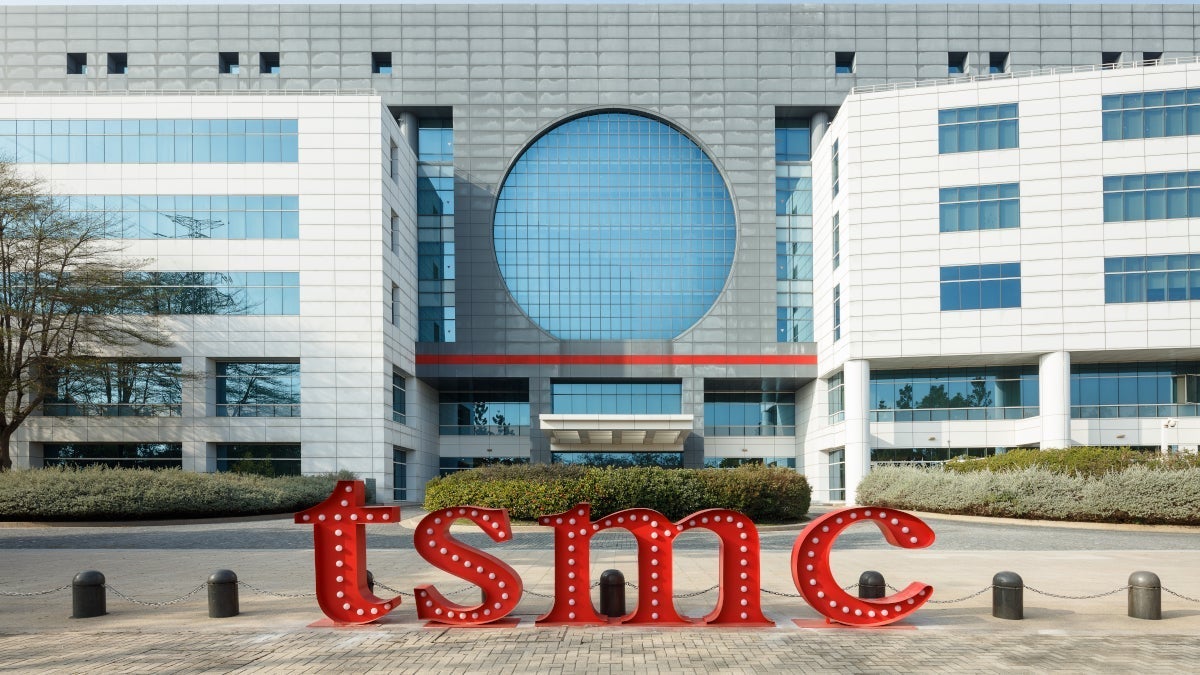










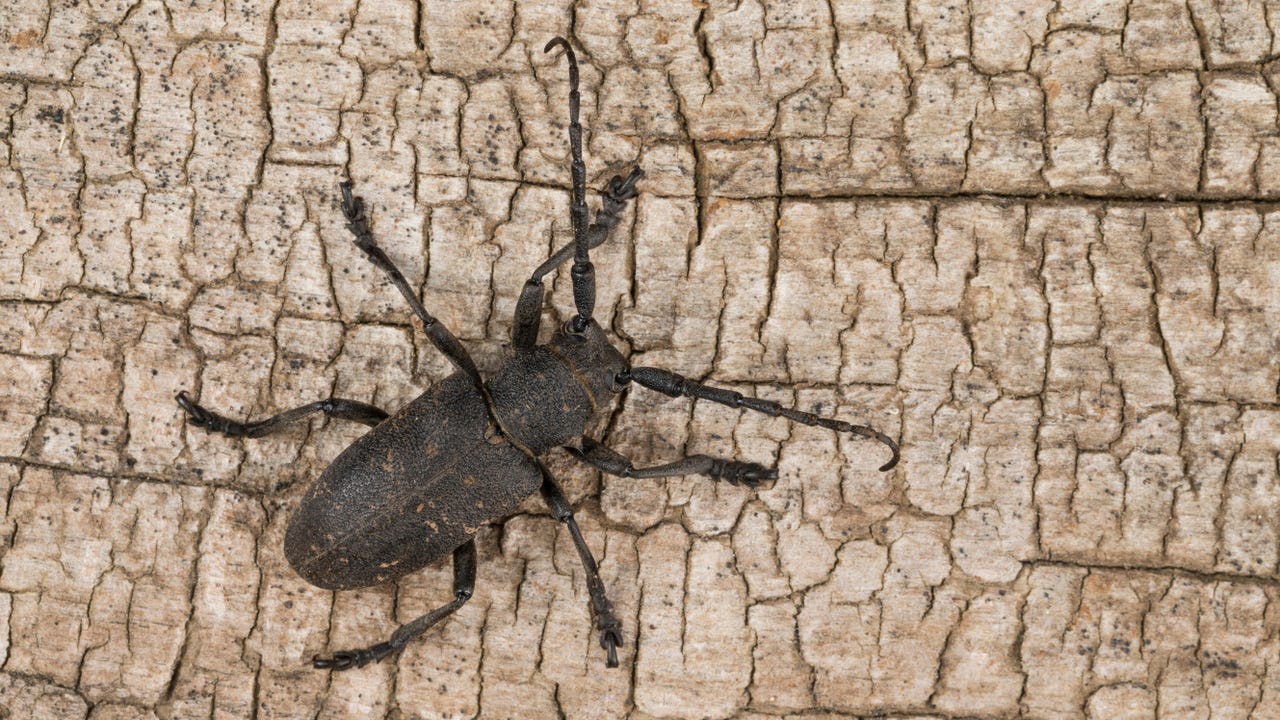

_ArtemisDiana_Alamy.jpg?width=1280&auto=webp&quality=80&disable=upscale#)






































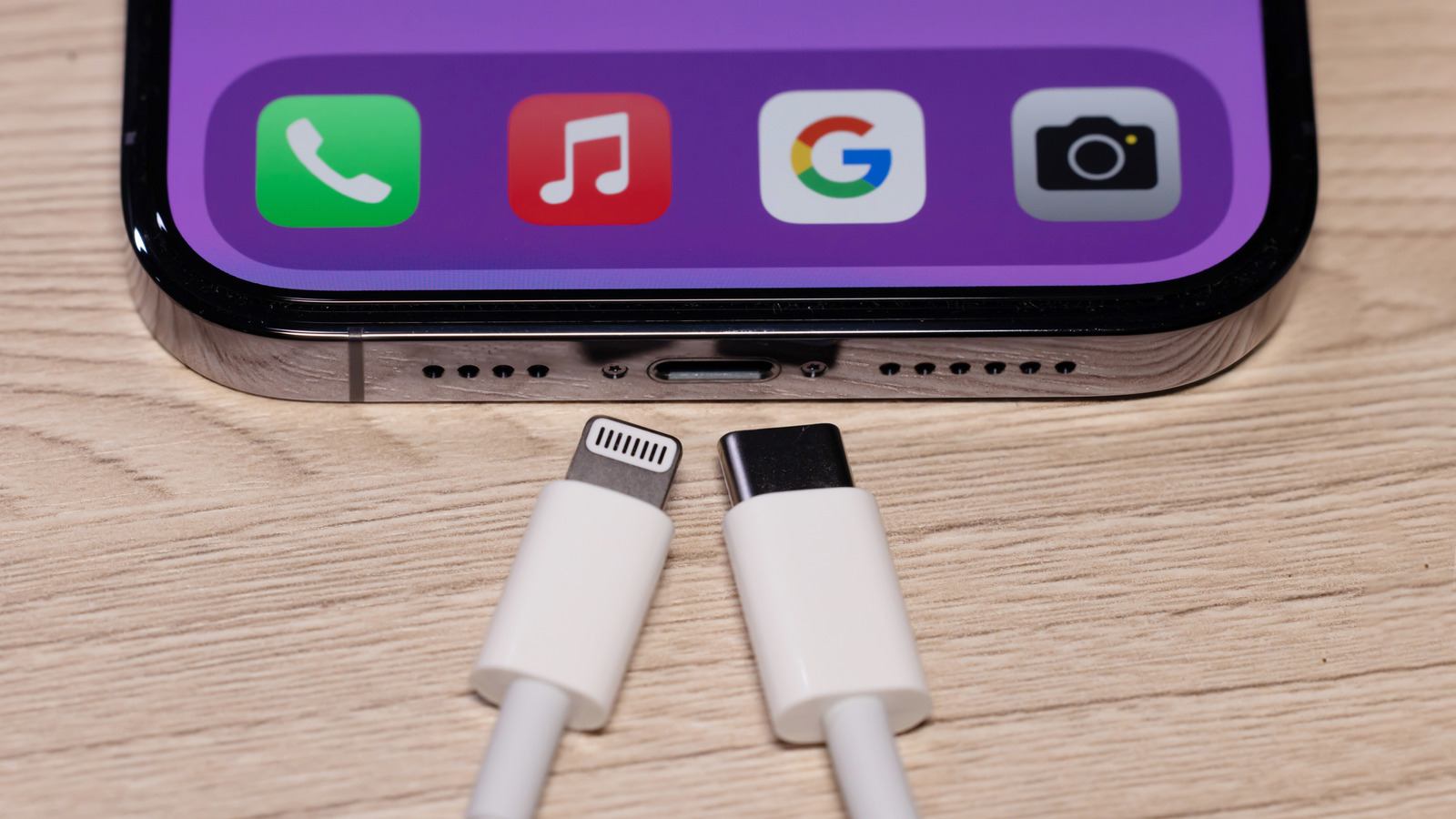












































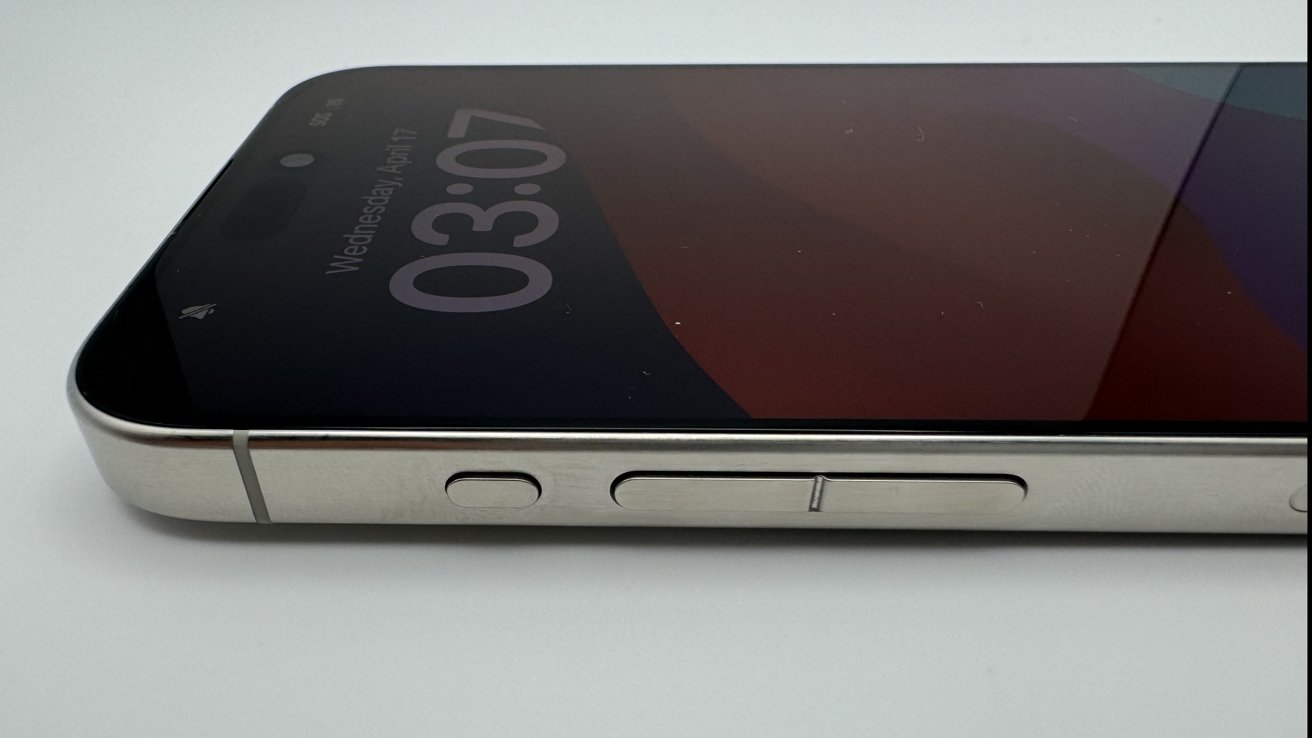

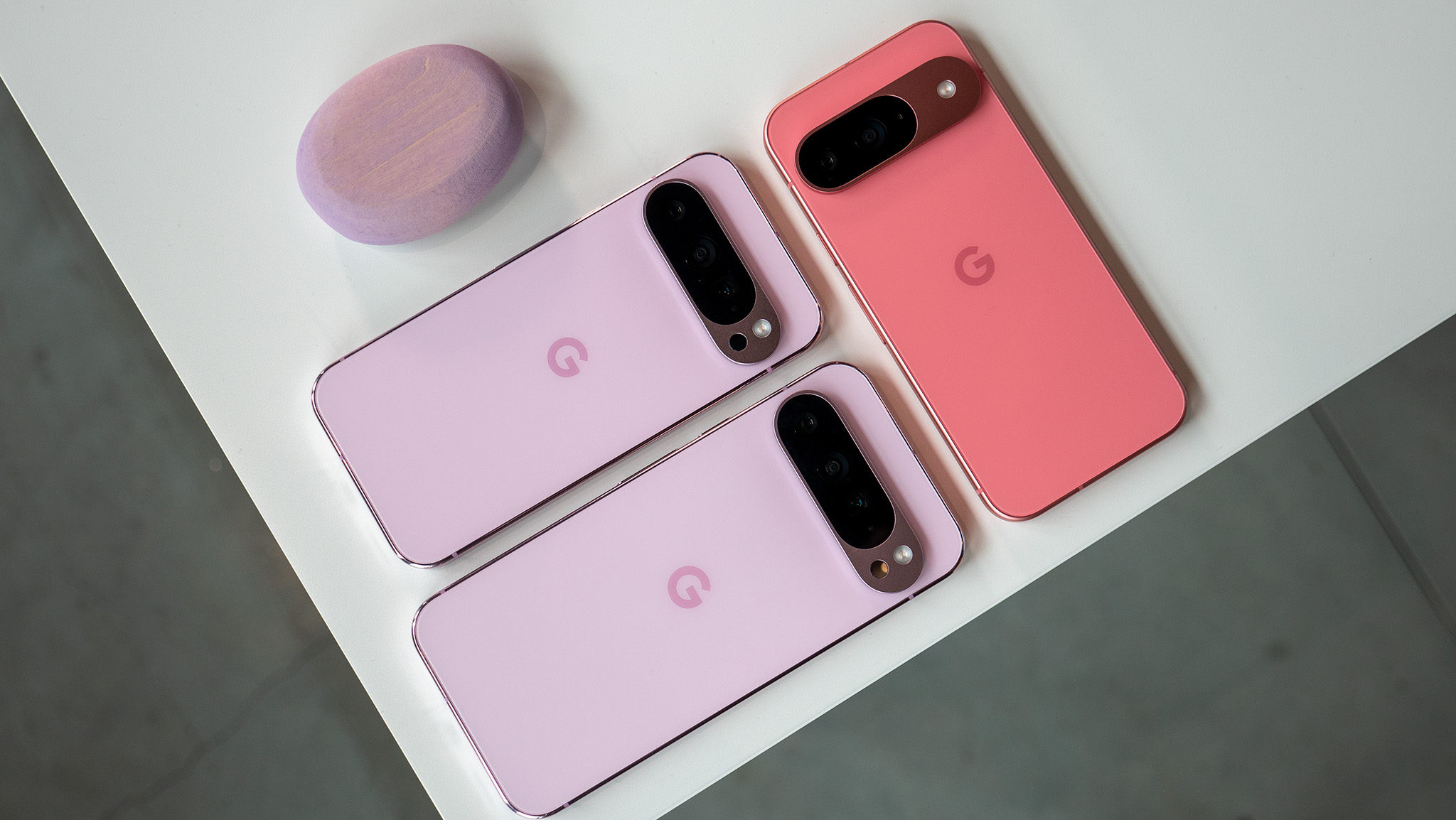
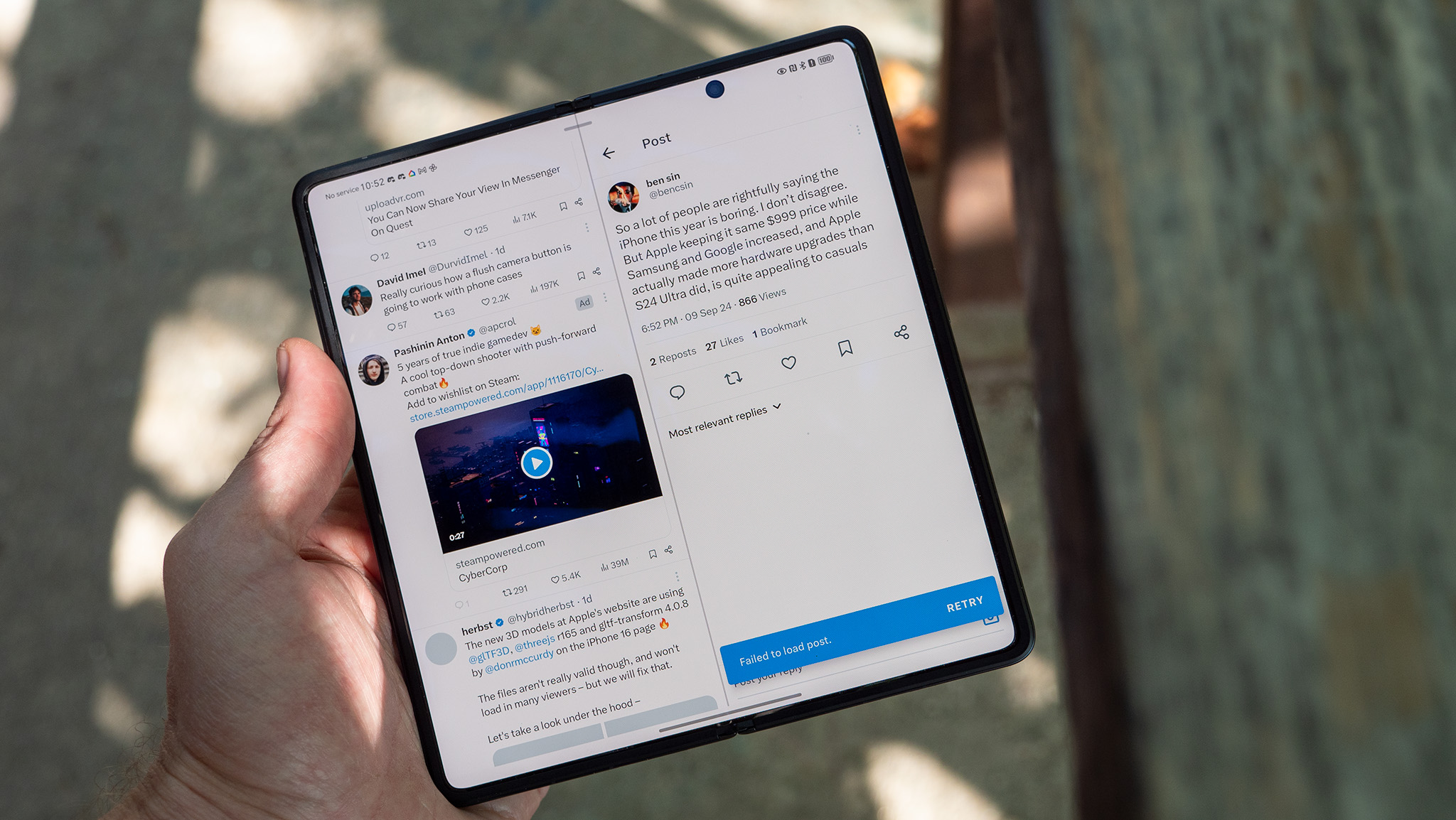




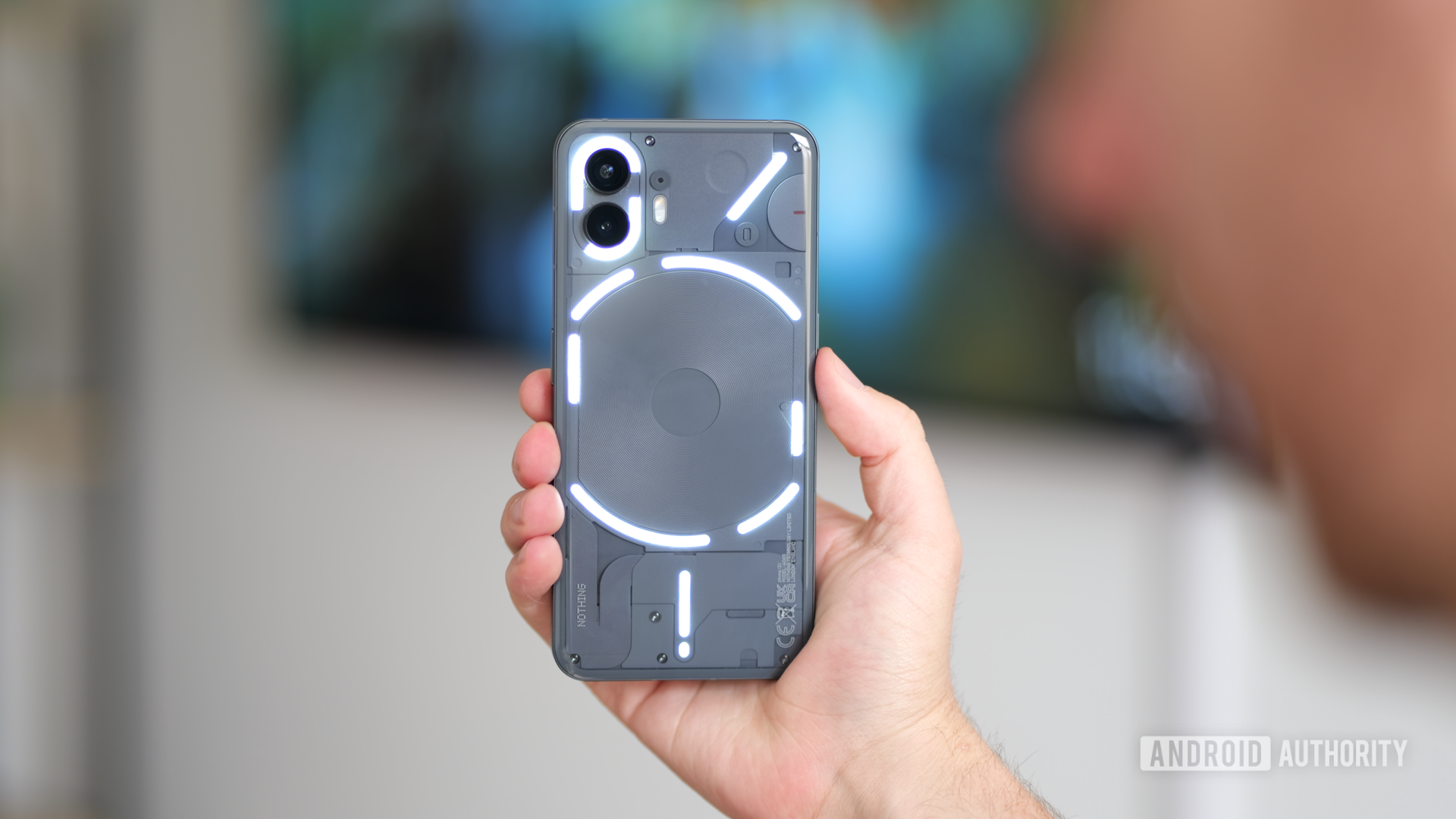

















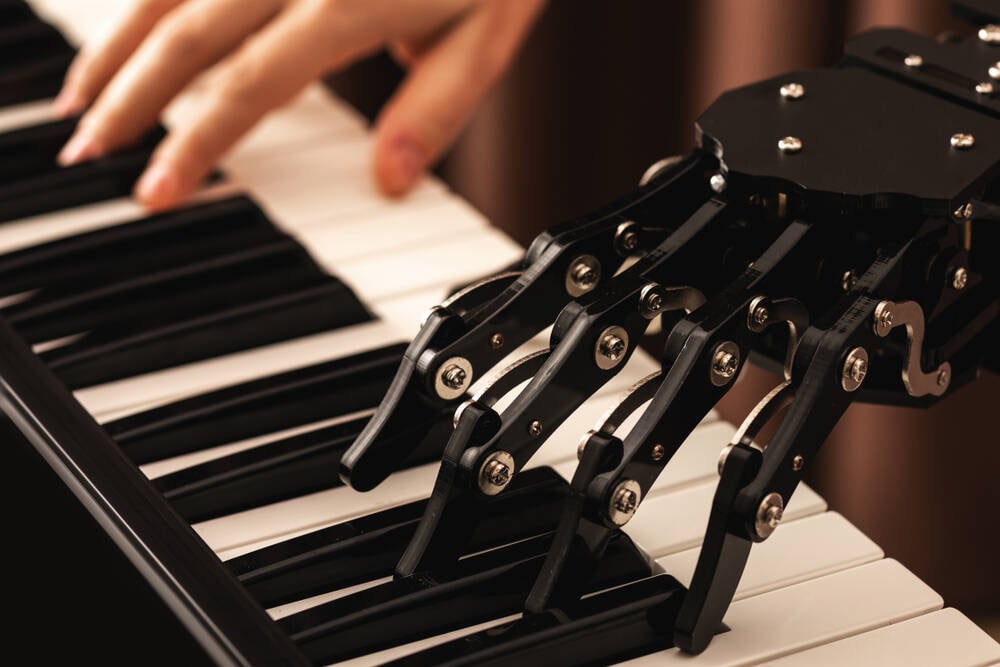


![Apple 15-inch M4 MacBook Air On Sale for $1023.86 [Lowest Price Ever]](https://www.iclarified.com/images/news/97468/97468/97468-640.jpg)


















